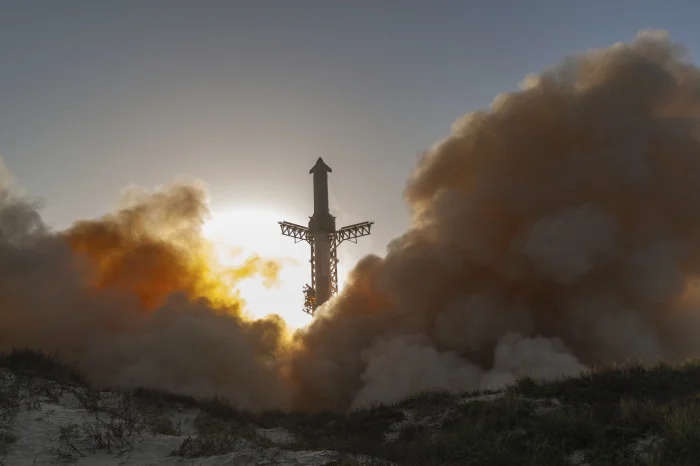
Elon Musk’s Mars Vision: SpaceX Aims for 90-Day Transit to the Red Planet
Elon Musk's ambition to colonize Mars continues to drive SpaceX's innovations, with a new study proposing a radical reduction in transit time to the Red Planet. What if humans could reach Mars in just three months? A recent study suggests this may be within reach, challenging the long-held assumption that advanced propulsion technologies were the only way to speed up interplanetary travel. This development could revolutionize mission design, technology needs, and the survivability of crews undertaking such journeys.
The study, published in Scientific Reports, explores the feasibility of using existing chemical propulsion technology, specifically the SpaceX Starship, to achieve 90-day transfers. This approach contrasts with conventional low-energy trajectories, which typically require 6-9 months.
Key Highlights:
- 90-Day Transit: The study demonstrates that a 90-day transit to Mars is achievable using the SpaceX Starship.
- Chemical Propulsion: This rapid transit relies on chemical propulsion, challenging the need for advanced technologies like nuclear thermal or VASIMR engines.
- Mission Outline: The proposed mission involves four cargo Starships and two crew Starships, requiring multiple refuels in low Earth orbit (LEO).
- ISRU: Upon arrival, propellant would be produced from local carbon dioxide and water ice using in situ resource utilization (ISRU).

Challenges and Considerations:
While the study presents a promising outlook, several factors must be considered:
- Launch Cadence: The rapid transit trajectory demands a high launch cadence on both Earth and Mars.
- ISRU Reliability: Robust ISRU facilities on Mars are crucial for propellant production.
- Aerothermal Performance: Further data is needed on Starship's aerothermal performance for accurate simulations.
- Crew Health: Long-duration life support, microgravity countermeasures, and psychological well-being are vital for crew safety.
The reduced transit time offers potential benefits, including decreased radiation exposure and minimized microgravity-related health risks. According to NASA’s risk models, reducing the transit time could lower the risk of GCR-induced cancer from approximately 4% to 1.5%.
Simultaneously, Elon Musk addressed SpaceX employees regarding the company's Mars plans. While the address was postponed to coincide with the ninth Starship flight mission, Musk reaffirmed his commitment to making life multiplanetary. He emphasized the necessity of establishing a presence on Mars for long-term human survival, highlighting Earth's eventual incineration by the expanding sun.

The ninth Starship test flight aimed to validate hardware changes designed to increase reliability, following previous missions that ended in explosions. Despite these setbacks, SpaceX remains focused on its ambitious goals. The next Mars 2026 presentation, promised by Musk, is eagerly awaited by the space community.
What's Next?
SpaceX continues to push the boundaries of space exploration. The feasibility of a 90-day journey to Mars opens new possibilities for human spaceflight. As research and development progress, the dream of establishing a self-sustaining colony on Mars edges closer to reality. Do you believe humanity will land on Mars by 2030? Share your thoughts and predictions in the comments below!